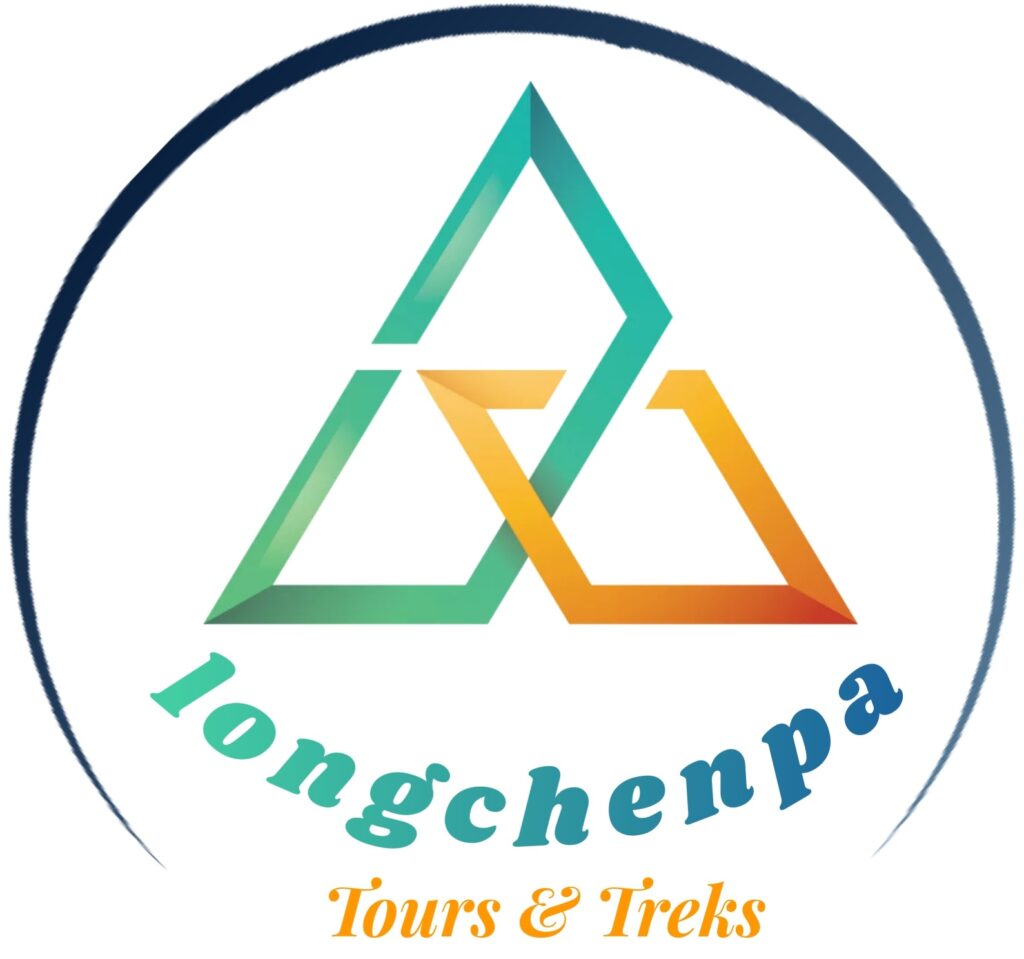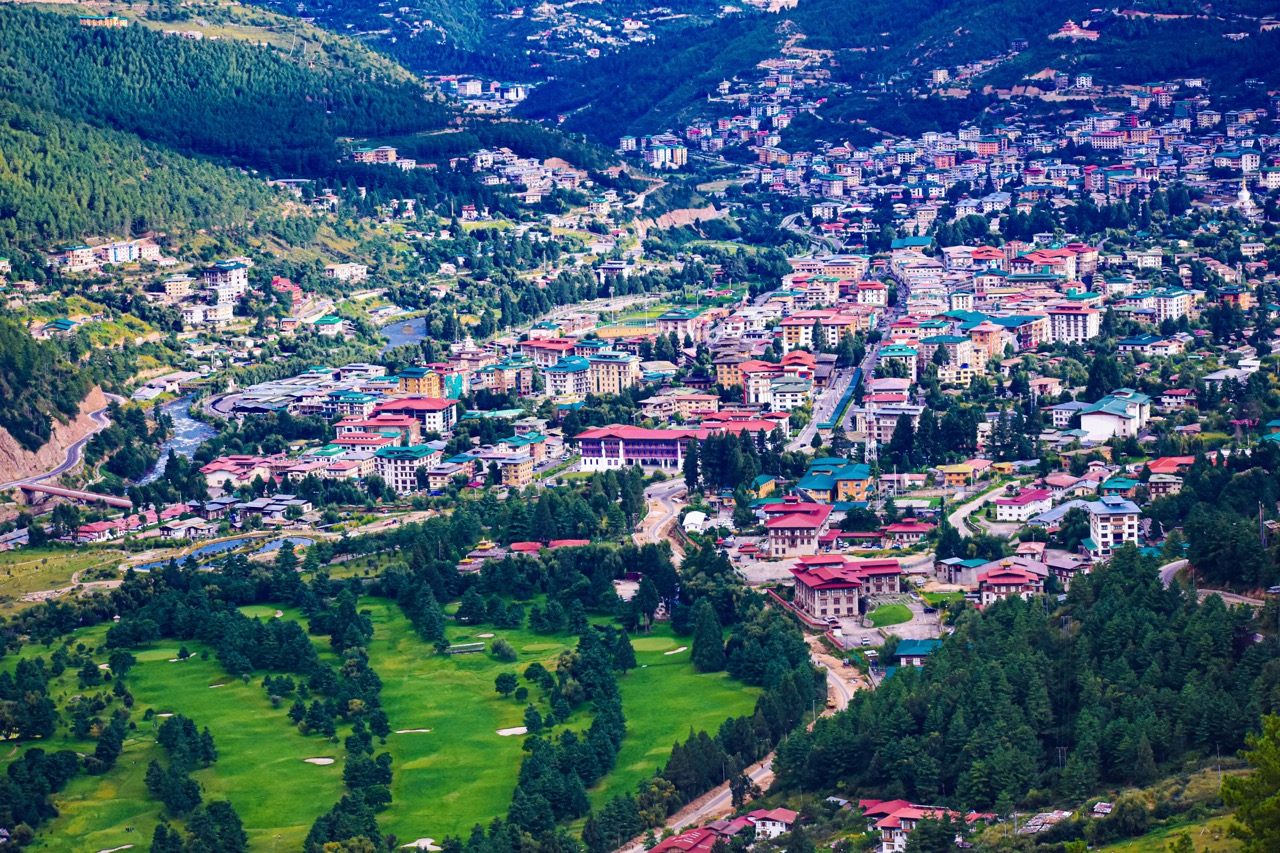10 Day Bhutan Sacred sites and Wilderness
Tour Highlights
Tour fact
Duration:10 days 9 nights
Grade: Moderate
Season:March,april,May,
Sep,Oct,Nov.
Places:Paro,Thimphu,Gangtey,
Punakha,Bumthang.
Accommodation
Plan:3 star hotel
Options: 4 or 5 star hotel
Day 1 Paro-Thimphu
Welcome to Bhutan! On arrival at Paro International Airport, your guide will greet you upon exiting the arrival hall. Today, we follow a gentle schedule as we acclimatize to the altitude. After lunch in Paro, we make the one hour drive to Thimphu, Bhutan’s capital and home to around quarter of our population.
En route we take the opportunity to stretch our legs with an easy 10 minute walk to Tachog Lhakhang (temple) reached by crossing Paro Chhu (river) on one of the few remaining ancient iron chain bridges, both built circa 1420 by the Tibetan master Tangtong Gyelpo (aka the Bridge Builder).
We arrive at Thimphu late afternoon, with ample time to relax and settle into your hotel room before getting together for an informal meet-and-greet over dinner.
Day 2 Thimphu
Our day begins with a visit to the beautiful sacred site, Buddha Dordenma (Buddha Point) in Kuenselphodrang Nature Park, overlooking Thimphu City. Its’ awesome focal point, one of the largest statues of Buddha Shakyamuni in the world (completed in 2015), was built to emanate an aura of peace and happiness to the entire world.
From here we take a gentle three hour hike along the ridge from Buddha Point to Changangkha Lhakhang through beautiful native forest of blue oaks, rhododendron and pine, with views through the prayer flags to the city below. After lunch we visit Thimphu’s famous Textile Museum, where both ancient and modern examples of this traditional craft are on view.
Day 3 Thimphu-Punakha
From Thimphu we head to Punakha, via Dochula Pass (3100m elevation), the site of 108 stupas built to commemorate Bhutan’s victory, in 2003, over Indian militants and in honor of those who died. On a clear day, the views from here are spectacular, over the forested valley below to the snow-capped Himalayan Mountains.
We then descend to the expansive river valley of Punakha, at 1200m elevation, where we visit the majestic and beautiful Punakha Dzongkhag. Strategically located at the confluence of the rivers Pho Chhu and Mo Chhu, this stunning example of ancient Bhutanese architecture is the second oldest and second largest of Bhutan’s Dzongs. Completed in 1637, it served as the country’s capital from 1637 to 1907 and continues to serve as the winter residence of Bhutan’s Monastic Body and home to some of the country’s most sacred ancient relics.
In the afternoon we follow the Mo Chhu upstream and hike to Khamsum Yulley Namgyal Chorten (stupa), majestically situated on a ridge above Punakha Valley, the 30 meter high stupa, a gift from Bhutan’s third Queen Mother, Ashi Tshering Yangdon Wangchuck, was built to ward off evil and bring peace and harmony for all living beings. Its three vividly painted tiers depict scenes from the annals of Vajrayana Buddhism.
Day 4 Punakha-Gangtey
As we leave Punakha for Gangtey, we ascend adjacent to the Wangdue Phodrang Dzong (built 1638), dramatically perched on the spur of a hill, overlooking the confluence of the Puna Tsang Chu and Dang Chu rivers.
Our destination of Gangtey, famous as the winter home of the endangered Black necked crane (Grus Nigricollis), is located in Phobjikha Valley, considered one of Bhutan’s most beautiful wilderness areas, with many nature trails to enjoy. In Gangtey Village, we visit Gangtey Goempa (monastery), founded by Je Kuenga Gyaltshe in 1613, one of the most important sites of the Nyingmapa school and the main seat of the Pema Lingpa tradition.
Afterwards, we take an easy walk beyond Gangtey Goempa, along the Gangtey Nature Trail, overlooking the Phobjikha Valley.
Day 5 Gangtey-Thimphu
On our return trip to Thimphu, we enjoy lunch at Punakha before ascending to Dochula Pass, where we visit the nearby Druk Wangyel Lhakhang. Then as we get closer to Thimphu, we stop to explore the small but historically significant Simtokha Dzong. Dating from 1629, this was the first Dzong of its kind to be built by Zhabdrung Rinpoche. Today it houses Bhutan’s School of Buddhist Language Studies and within its walls examples of ancient Buddhist art and statues are on display. In the evening, we have time to explore Thimphu City.
Day 6 Hike to Dodedrak Monastery,Above Thimphu
A short ride up into the hills above Thimphu brings us to the beginning of the path to Dodedrak Monastery. After around two hours hiking through the forest and hillside, with spectacular views down to the city, the buildings of this ancient monastic community come into view. We then follow the path gently downhill a short way to the monastery entrance. Built by Chief Abbot Yonten Thaye in the 12th Century, Dodedrak Monastery has on display within its two altar rooms, original 900-year-old paintings and ancient statues and beneath the altar rooms, there is a small museum housing hundreds-years-old monastic artifacts.
Under the patronage of the 4th King, a Lobdra (Monastic School) and a Shedra (Buddhist College) were added in the 1980s and today there are three lhakhangs, a stupa and monk rooms accommodating around 154 monks who study and practice Buddhist philosophy. This is a delightful day-long trek there and back, with the destination, Dodedrak Monastery, guaranteed not to disappoint and the chance of seeing the exquisite and rare langur which inhabit the forest around the monastery.
We enjoy a relaxing evening in Thimphu, with time to stroll around the city, visit its cafes, eateries and art and craft shops.
Day 7 Thimphu-Paro
we descend into Paro Valley (2,200 meters), home of many old monasteries, temples and sacred sites. Through this wide and spacious valley, covered with fertile rice fields, flows the Pa Chhu, fed by the glacial waters of Mount Jomolhari.
In the afternoon we visit Paro Rinpung Dzong (Fortress of Jewels). Located at the edge of Paro Town, this impressive example of 15th Century Bhutanese architecture now serves as the local government centre of Paro. We then visit nearby Ta Dzong (Watchtower) which was built in 1649 and converted into the National Museum of Bhutan in 1968. Here we can view antiques, art, textiles, weapons and household items offering a glimpse of Bhutan’s fascinating history.
Day 8 Bumdra Trek (Paro)
Trek from Sang Choekor Buddhist College (2,800m) to Yak Pasture, below Bumdra Monastery (3,800m). The adventure begins with an early morning drive up to the Sang Choekor to meet our ponies and while they are being loaded we may pay our respects at the College. After a 1–2-hour ascent of a ridge,we arrive at a clearing from where we have spectacular views of both Paro and Do Chhu Valleys.
About 1-2 hours walk from here is the Chhoe Chhoe Tse Lhakhang (temple), which nestles at the side of the mountain. The trail continues and when we reach the last steep elevation, we will see a temple which overlooksParo Airport and the snow-capped Himalayas. Continuing from here, we climb for another 20 minutes, past ruins and fluttering prayer flags, thenhike through ancient forest for about 40 minutes to reach Yak Pasture, a wide meadow with sacred chortens and prayer flags and awesome views of the Himalayas. Here, we can camp for the night, just below Bumdra Monastery (the Cave of One thousand Dakinis Footprints).
After lunch we can head up to visit Bumdra Monastery (if it is unoccupied) before climbingfurther (1-2 hours) to reach the north of the peak (about 4000m) from where the view over the Himalayas iseven more spectacular.
Day 9 Bumdra-Tiger's Nest (Taksang)
We enjoy breakfast while taking in the wonderful views from our camp at Yak Pasture, before heading back down the valleytowards Tiger’s Nest. Following the monks’ zig zagging trail through the ancient pine and rhododendron forest, after 1-2 hours of descent, the golden roofs of the temples of Taktsang Monastery below come into view.
Our path continues to wind across the mountainside between monasteries and temples before reaching the Gardens of Zangtopelri (Copper-Coloured Mountain). From here the breath-taking view over edge, looks directly down onto the golden roofs of Taktsang, nestled in the cliffs below. After one hour, we reach the gates of Taktsang, from where we make a steep descent by steps, past a waterfall cascading down from Lady Tsogyal’s Cave, before climbing by steps up to the Taktsang Monastery.
The Tiger’s Nest (Taktsang), the most iconic landmark and holy site in the Kingdom, clings impossibly to a sheer cliff face 900 meters above the Paro Valley. It was first built in 1692 at a cave where Guru Rinpoche meditated in the seventh century. Legend says that Guru Rinpoche flew there on a tigress and meditated in the cave for three years in order to subdue evil demons residing within it. The cave has been considered a sacred site ever since and many famous saints have made pilgrimage there. Located approximately 10 km north of Paro town at 3,100 meters altitude, Taktsang is reached after an approximately two and a half hour hike through beautiful, shady pine forests.
In the evening there is time for shopping in Paro and we gather for our farewell dinner.
Day 10 Departure
Boarding a morning flight from Paro International Airport, we bid a fond farewell to this beautiful Himalayan country, taking with us cherished memories of Bhutan! We wish you a safe and happy journey and look forward to meeting again in Druk Yul – a land of endless Enchantments! Tashi Delek!
Bhutan Gallery
Make Enquiry Now
Feel free to ask us any questions; we are delighted to assist you promptly. Share your ideas, and expect a swift response.
PRICE INCLUDES:
PRICE EXCLUDES:
Join With Us
Discover, plan and book your perfect trip with expert advice, travel guides, destination information and inspiration from Longchenpa Tours & Treks.









































































